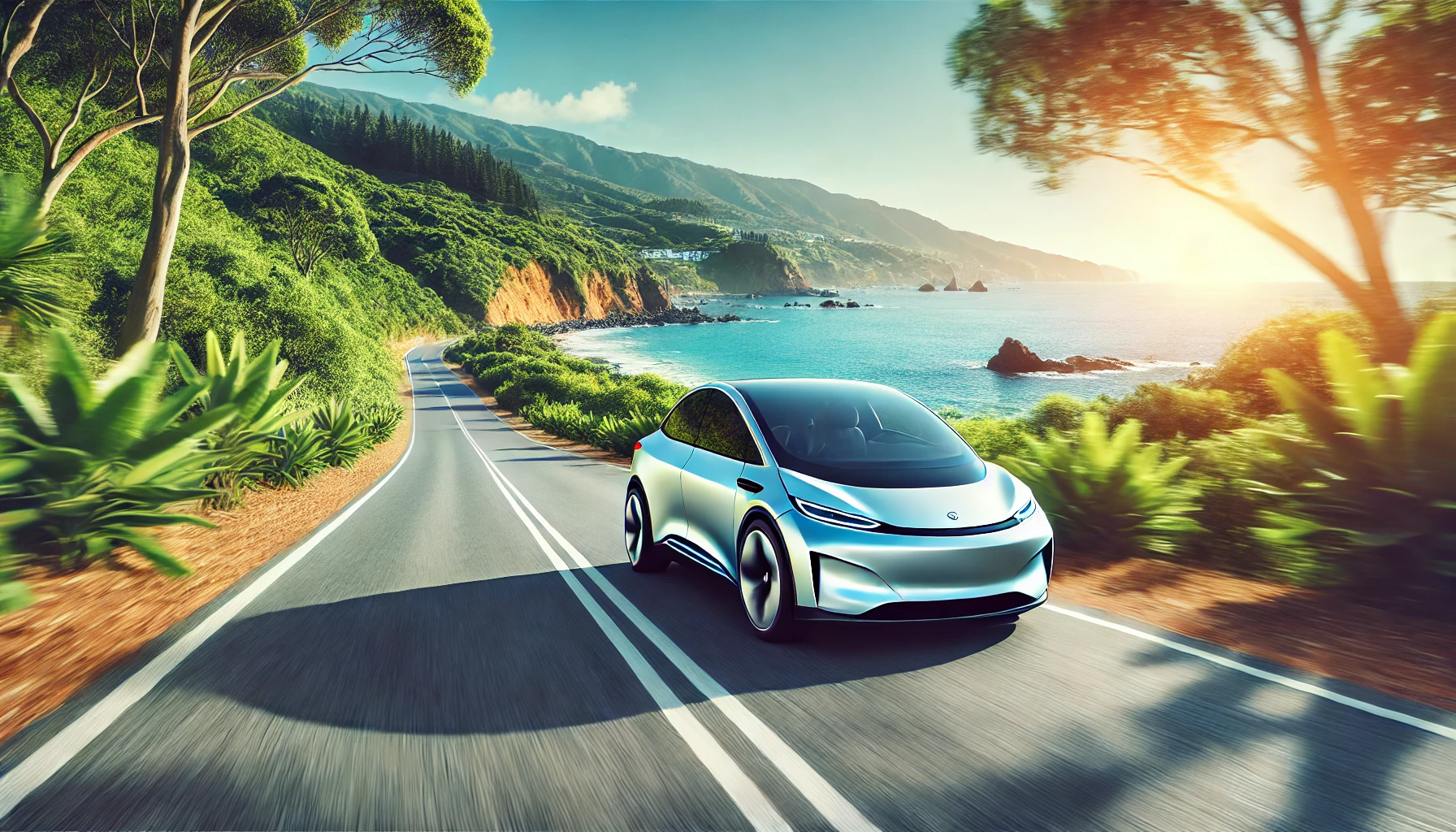Understanding “Fuel Consumption of Electric Energy Equivalent (L/100km)
اخر تعديل: 2025-11-23 الكاتب: Sarah
[Car Tech Knowledge/ XNmotors]
When shopping for a car, particularly an electric or plug-in hybrid vehicle, you may come across the term “Fuel Consumption of Electric Energy Equivalent (L/100km).” This metric can be confusing, especially if you’re used to measuring fuel efficiency based on the traditional liters per 100 kilometers (L/100km) or miles per gallon (MPG) for gasoline vehicles. Let’s break down what this term means, why it’s important, and how it can help you better understand the efficiency of electric vehicles.

Image Source: AI generated
What is Fuel Consumption of Electric Energy Equivalent (L/100km)?
The term “Fuel Consumption of Electric Energy Equivalent (L/100km)” is a standardized way to express the energy efficiency of electric and plug-in hybrid vehicles in a format that is familiar to drivers of gasoline-powered cars. It translates the amount of electric energy used by a vehicle into an equivalent amount of fuel consumption (liters of gasoline) for a given distance, usually 100 kilometers.
The idea is to provide a comparable metric between electric vehicles (EVs) and conventional internal combustion engine (ICE) vehicles. This helps consumers evaluate the efficiency of different types of vehicles on a similar scale, making it easier to compare electric vehicles with their gasoline counterparts.
How is the Electric Energy Equivalent (L/100km) Calculated?
The calculation of electric energy equivalent in L/100km involves converting the amount of electricity consumed by an EV into the equivalent energy content found in a liter of gasoline. Here’s how it generally works:
• Step 1: Electric vehicles consume electricity measured in kilowatt-hours (kWh). For example, an EV might consume 18 kWh of electricity per 100 km.
• Step 2: The energy content of gasoline is approximately 8.9 kWh per liter. By dividing the electricity consumption (in kWh) by this energy content, you can convert the consumption to a gasoline equivalent.
• Step 3: The result is expressed in L/100km, which reflects how much gasoline you would theoretically need to drive 100 km if the vehicle used gasoline instead of electricity.
Example Calculation:
• An EV consumes 18 kWh/100 km.
• Convert this to a gasoline equivalent:
.
This means the electric vehicle has an electric energy equivalent fuel consumption of approximately 2.02 L/100km.
Why is This Metric Important?
The fuel consumption of electric energy equivalent (L/100km) metric is important for a few reasons:
• Ease of Comparison: It allows consumers to directly compare the efficiency of electric vehicles to gasoline-powered cars using a familiar metric.
• Cost Estimation: Understanding energy efficiency in terms of L/100km can help you estimate your energy costs. For example, if you know the equivalent fuel consumption, you can better gauge your savings when switching from a gasoline vehicle to an electric one.
• Environmental Impact: This metric also helps illustrate how much more efficient EVs can be in terms of energy usage, which can contribute to reducing greenhouse gas emissions and lowering your overall carbon footprint.
How Does This Compare to Other Efficiency Metrics?
While the L/100km metric is commonly used in many countries, particularly in Europe and Canada, other regions like the United States use miles per gallon (MPG). For electric vehicles, additional metrics such as miles per kWh or kWh per 100 km are often used to indicate efficiency. Here’s how these metrics align:
• L/100km (electric equivalent): Useful for comparing electric and gasoline vehicles on the same scale.
• kWh/100 km: Directly indicates the amount of electricity an EV consumes over a set distance.
• MPGe (Miles per Gallon Equivalent): Common in the United States, this metric shows how far an EV can travel on the amount of energy contained in one gallon of gasoline.
Each of these metrics provides a slightly different perspective on energy efficiency, but the electric energy equivalent (L/100km) is particularly useful when comparing EVs to conventional cars in markets where L/100km is the standard.
Factors That Influence Electric Energy Consumption
Just like fuel consumption in gasoline vehicles, the energy consumption of an electric vehicle can be influenced by several factors:
• Driving Conditions: Stop-and-go traffic, highway speeds, and road inclines can all impact efficiency.
• Climate and Temperature: Colder temperatures can reduce battery performance, while extreme heat may require additional energy for air conditioning.
• Driving Habits: Aggressive acceleration and high speeds can increase electricity consumption.
• Vehicle Load: Carrying extra weight, whether through passengers or cargo, will demand more energy from the vehicle.
By understanding these factors, you can maximize the efficiency of your electric vehicle, potentially lowering your costs and environmental impact.
Conclusion:
When you see the term “Fuel Consumption of Electric Energy Equivalent (L/100km)” on a car specification sheet, remember that it’s a tool to help you compare electric and traditional vehicles on a level playing field. It gives you a sense of how much more efficient EV’s can be and helps you better understand the potential savings on fuel costs.
Switching to an electric vehicle can offer significant benefits in terms of efficiency, cost savings, and environmental impact. By comparing the electric energy equivalent fuel consumption, you can make a more informed decision when choosing your next vehicle, ensuring that it aligns with your driving needs, budget, and sustainability goals.
( Article / XNmotors Sarah )
التعليقات
لا توجد تعليقات حتى الآن. كن أول من يعلق.